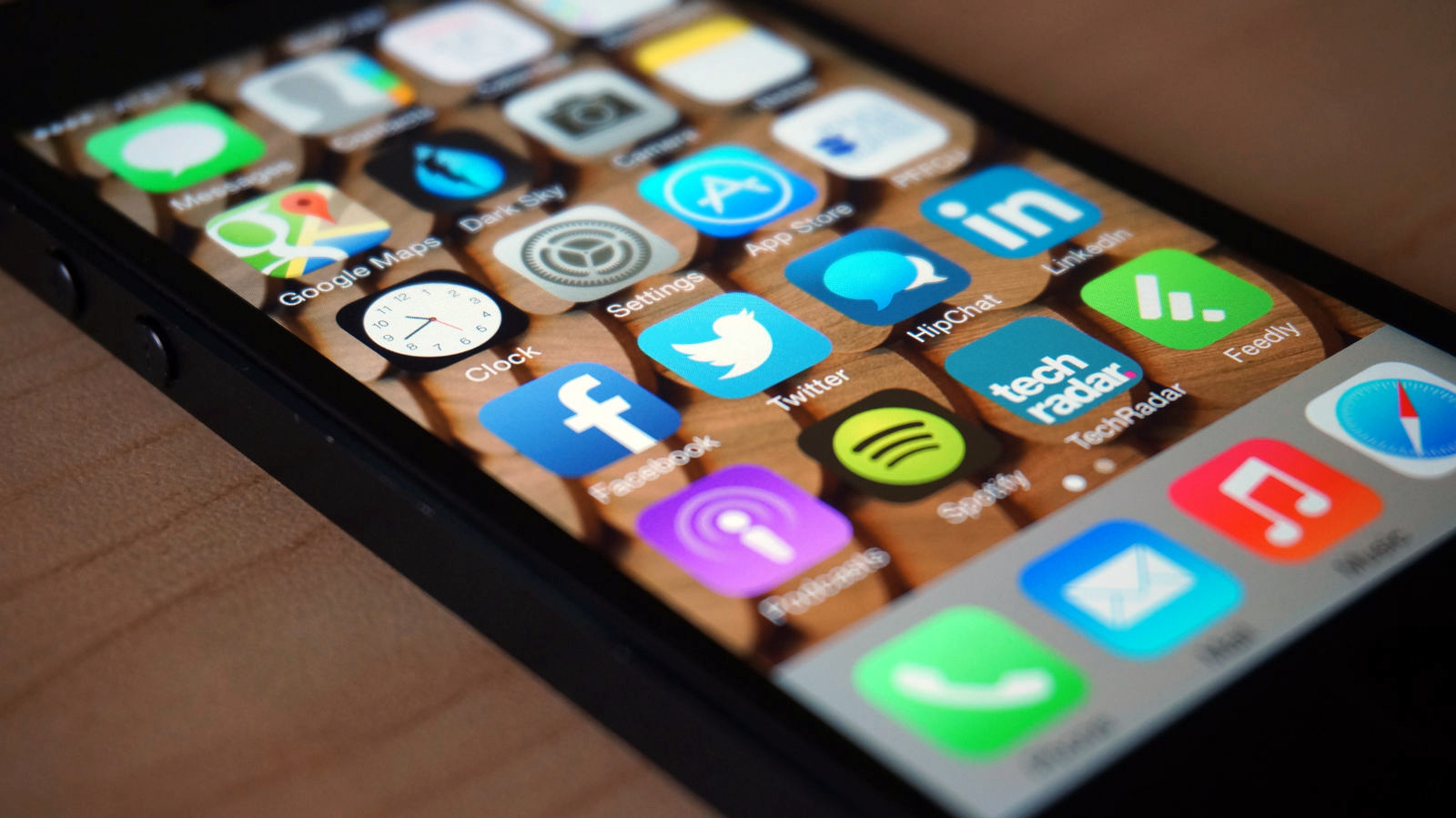Zuck wants 5 billion people on Facebook by 2030

Facebook is nothing if not ambitious, and it will need to be if it wants to connect 5 billion people - nearly the entire world population - on its service by the year 2030.
CEO Mark Zuckerberg put forth the goal during a Facebook 12th anniversary celebration event on Monday, according to USA Today. Facebook already has 1.59 billion users, a figure that's more than doubled since 2011, so it could conceivably accomplish the target in the next 14 years.
But how will Facebook reach another 3-billion-plus people when most of the developed world already has access to the service?
"We want to finish connecting everyone, we're going to do it in partnership with governments and different companies all over the world," Zuckerberg said, before reportedly gesturing to a photo of the company's internet delivery drone, called Aquila.
In order to connect more people to Facebook, the company has to become available in regions where internet is non-existent, or barely so. Facebook is cutting out the middleman with its internet beaming drones, ostensibly to connect more people to the web and all its benefits, but also, some argue, to rope more users into its ever-growing network, which is largely supported by ad revenue.
The company also has its Free Basics by Facebook program that provides free access to a select number of internet services. The service has come under fire for what some critics say are net neutrality violations, and it's been shut down in India and Egypt.
It will be much harder for Facebook to reach its next 1.59 billion people than it was its first, let alone get to 5 billion, but the social network clearly has a strategy in place that it's aggressively implementing.
Sign up for breaking news, reviews, opinion, top tech deals, and more.

Michelle was previously a news editor at TechRadar, leading consumer tech news and reviews. Michelle is now a Content Strategist at Facebook. A versatile, highly effective content writer and skilled editor with a keen eye for detail, Michelle is a collaborative problem solver and covered everything from smartwatches and microprocessors to VR and self-driving cars.